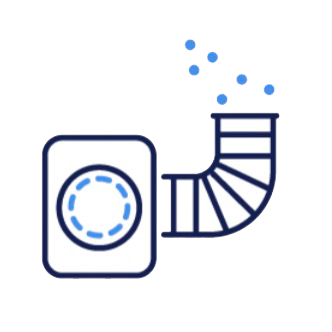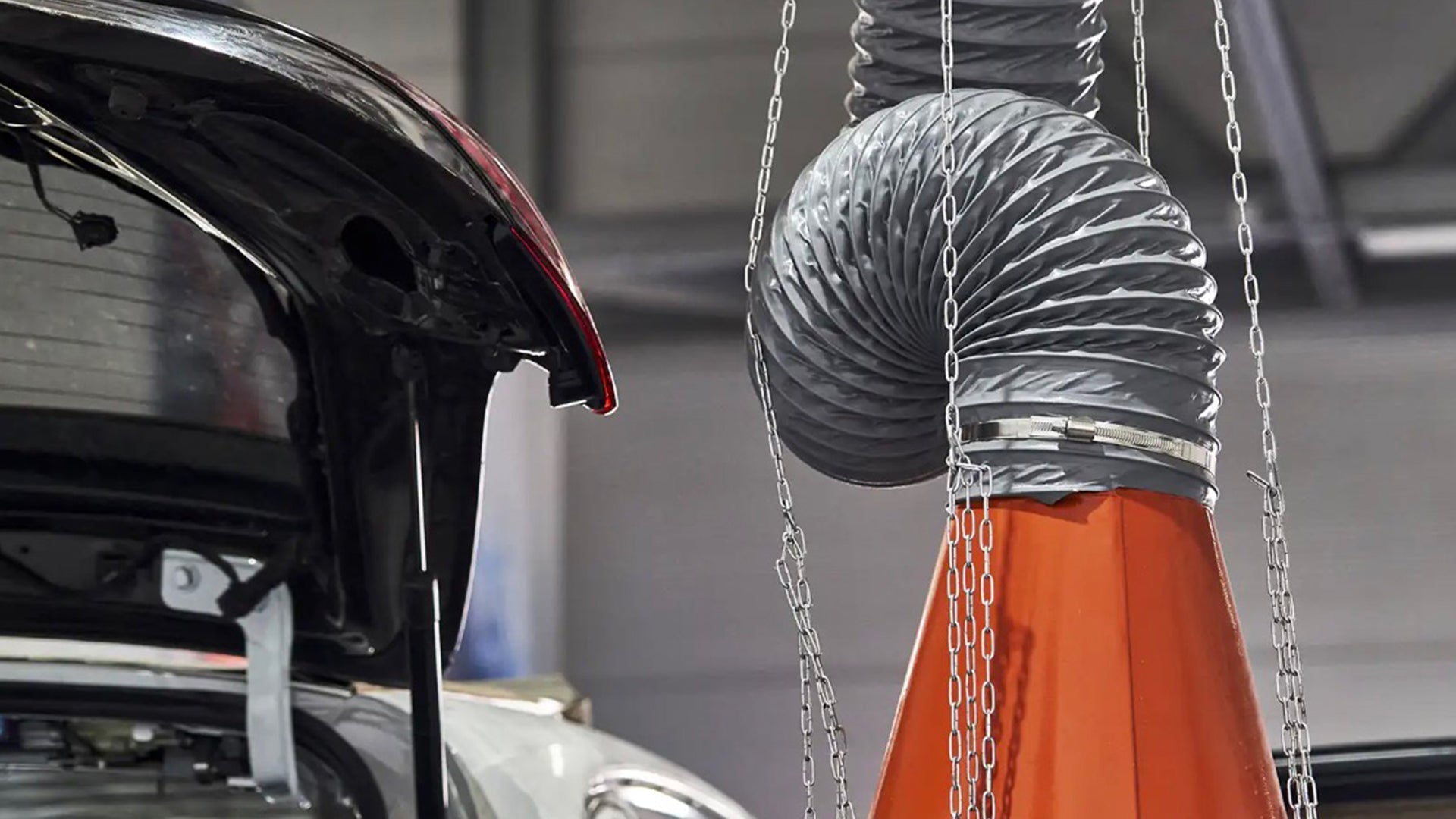Copper
Material Introduction: Copper is a highly conductive metal used in applications requiring rapid heat conduction. Its corrosion resistance allows it to maintain stable performance in various environments, especially in conditions of high humidity.Pros:
● High thermal conductivity enhances drying efficiency.● Excellent corrosion resistance, suitable for humid environments.
Cons:
● Higher cost impacts economic feasibility.● Heavier weight may not be suitable for applications requiring lightweight ducts.
Acrylic
Material Introduction: Acrylic, or polymethyl methacrylate (PMMA), is known for its high transparency and is often used in parts requiring visual inspection.Pros:
● High transparency facilitates monitoring and inspection.● Good impact resistance and weatherability.
Cons:
● Relatively low heat resistance, unsuitable for extremely high temperatures.● Susceptible to degradation by certain chemicals.
Neoprene
Material Introduction: Neoprene is a synthetic rubber renowned for its excellent temperature resistance, oil resistance, and chemical stability.Pros:
● Good chemical stability, suitable for chemically corrosive environments.● High elasticity and flexibility, easy to install and maintain.
Cons:
● Relatively high cost.● Potential for accelerated aging in extreme environments.
Aramid
Material Introduction: Aramid is a high-performance synthetic fiber known for its extremely high strength and heat resistance.Pros:
● Extremely high strength and heat resistance, suitable for high-load and high-temperature applications.● Excellent abrasion resistance extends the life of the duct.
Cons:
● High cost impacts market competitiveness.● Complex manufacturing requirements necessitate specialized equipment and technology.
PTFE
Material Introduction: PTFE is known for its excellent temperature and chemical resistance and is often used in applications requiring high chemical stability and low friction coefficients.Pros:
● Excellent temperature and chemical resistance, suitable for various chemical environments.● Non-stick surface reduces material residues.
Cons:
● High cost may increase overall production costs.● High manufacturing demands limit production flexibility.
Fiberglass
Material Introduction: Fiberglass is a lightweight yet high-strength material often used to reinforce other materials.Pros:
● Provides very high mechanical strength and temperature resistance.● Lightweight material helps reduce overall weight.
Cons:
● Greater brittleness, prone to breakage.● Potential health risks during handling and manufacturing.
PVC (Polyvinyl Chloride)
Material Introduction: PVC is a widely used plastic with good physical and chemical properties.Pros:
● Cost-effective, suitable for mass production.● Good chemical stability and electrical insulation.
Cons:
● Performance may decrease at high temperatures, unsuitable for extreme temperatures.
● Environmental impact is significant; burning can release harmful substances.
Through the analyses above, it is evident that the choice of material directly affects the performance of dryer ducts. Each material has unique pros and cons, and a rational combination of these materials can optimize the performance and cost-effectiveness of the ducts. In specific applications, the most suitable material combination should be chosen based on operational conditions, budget constraints, and maintenance needs.


